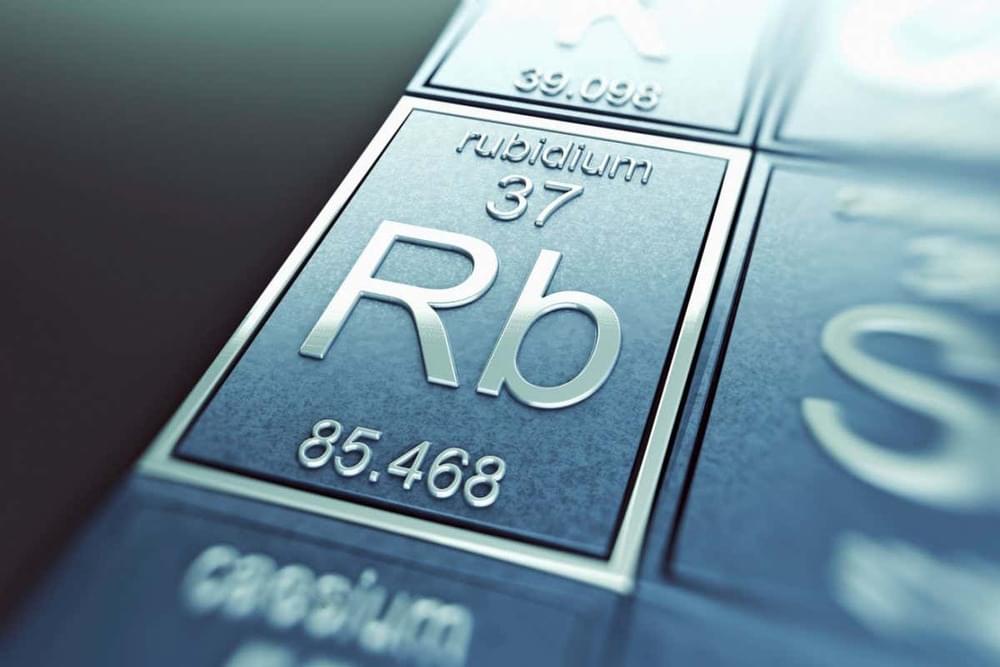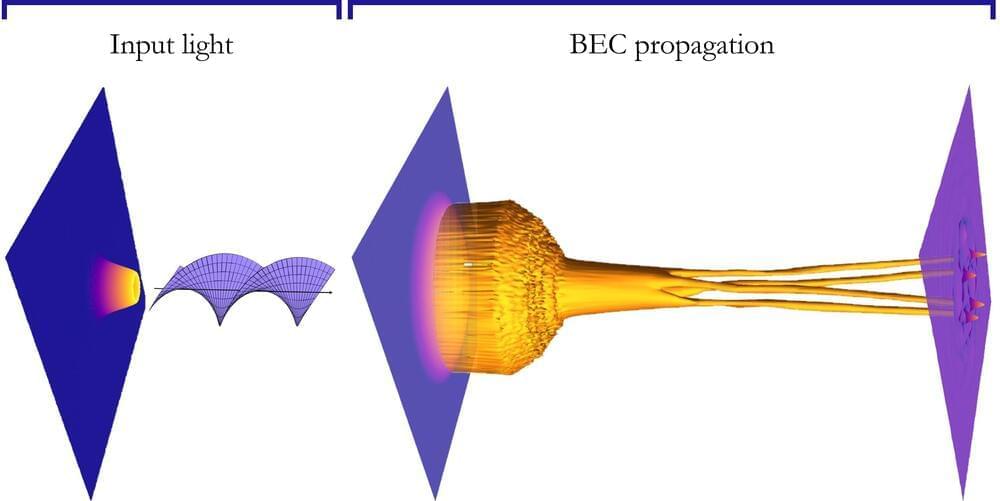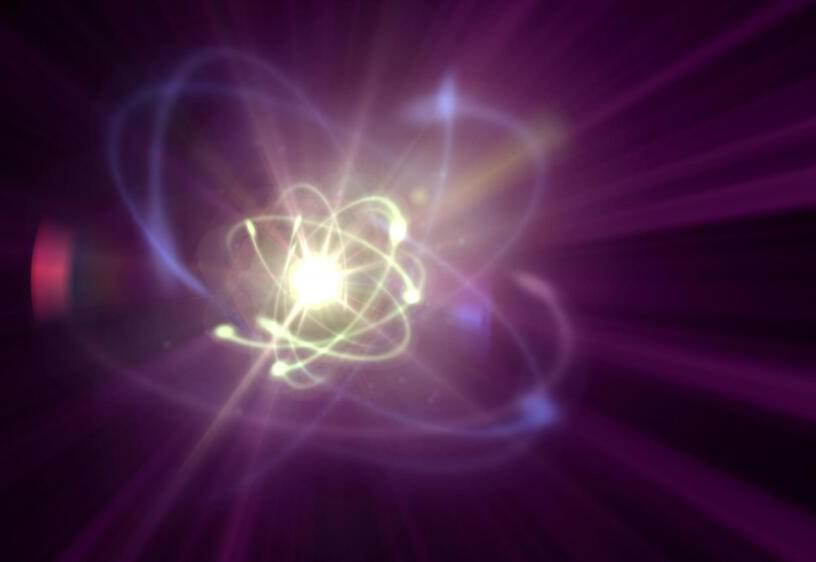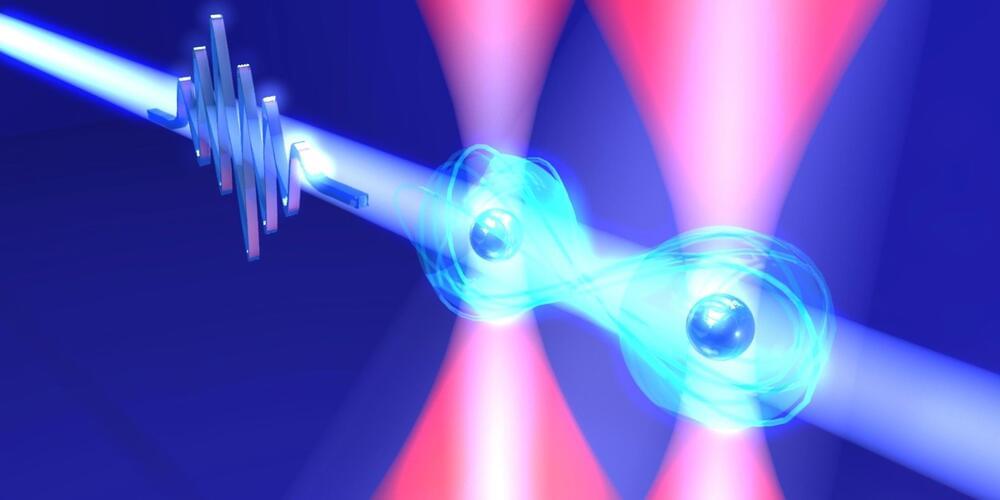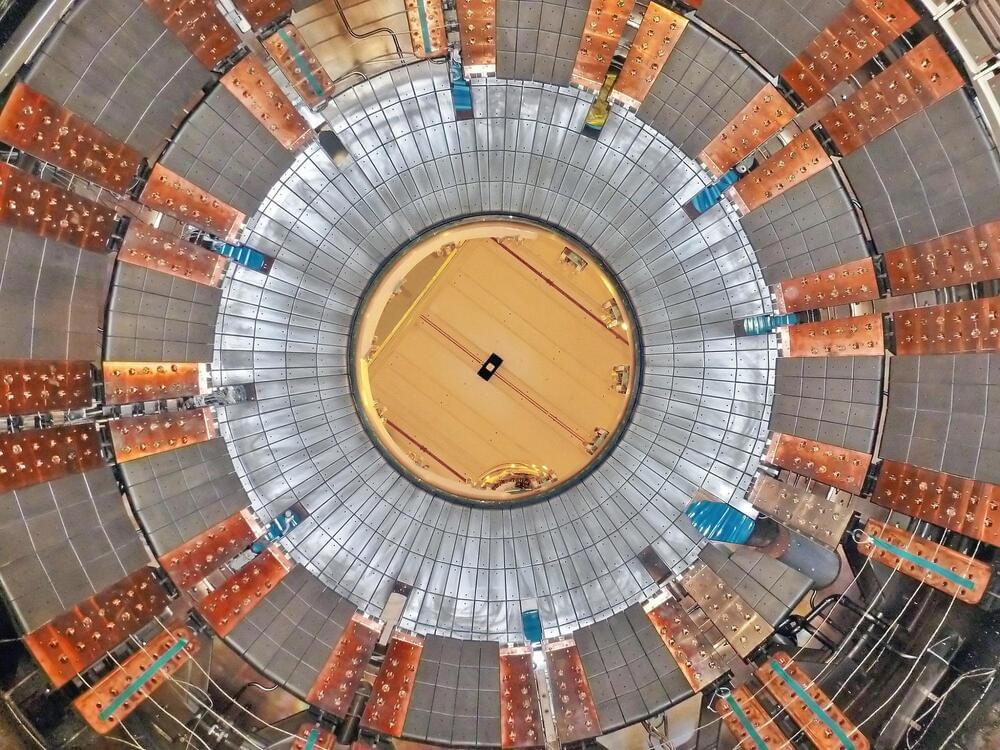A team of researchers from Nanjing University of Posts and Telecommunications and the Chinese Academy of Sciences in China and Nanyang Technological University and the Agency for Science Technology and Research in Singapore developed an artificial neuron that is able to communicate using the neurotransmitter dopamine. They published their creation and expected uses for it in the journal Nature Electronics.
As the researchers note, most machine-brain interfaces rely on electrical signals as a communications medium, and those signals are generally one-way. Electrical signals generated by the brain are read and interpreted; signals are not sent to the brain. In this new effort, the researchers have taken a step toward making a brain-machine interface that can communicate in both directions, and it is not based on electrical signals. Instead, it is chemically mediated.
The work involved building an artificial neuron that could both detect the presence of dopamine and also produce dopamine as a response mechanism. The neuron is made of graphene (a single sheet of carbon atoms) and a carbon nanotube electrode (a single sheet of carbon atoms rolled up into a tube). They then added a sensor capable of detecting the presence of dopamine and a device called a memristor that is capable of releasing dopamine using a heat-activated hydrogel, attached to another part of their artificial neuron.
